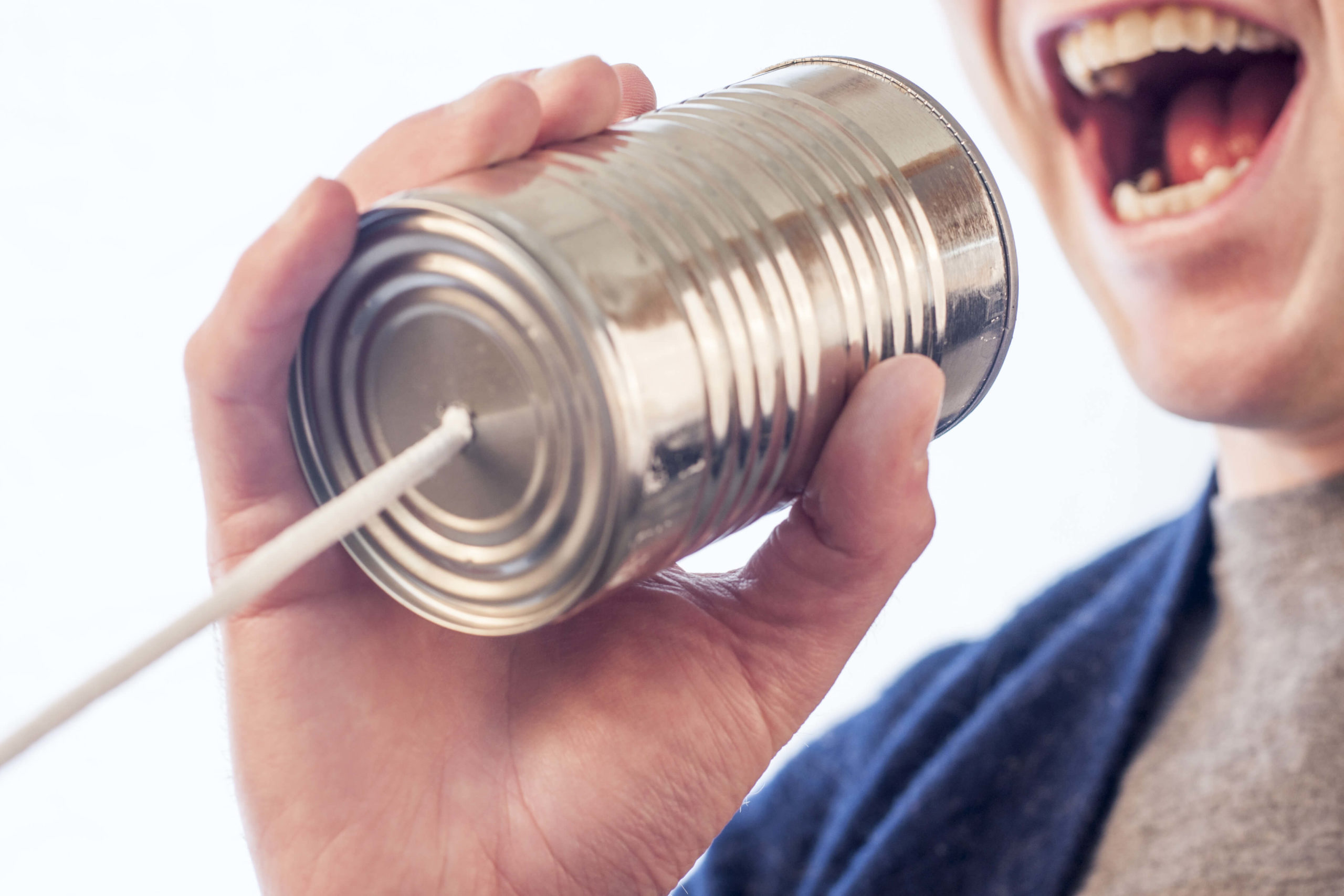I peeked over my stand-up desk to see what Eunice, our Designer, was up to. I needed an asset for our new splash page, and I couldn’t find it in our Dropbox. Each member of our small team had a different way of organizing their files, and Eunice and I had such totally different structures that I had spent the past handful of fifteen minutes trying to figure out whether it would be in the myraid of folders within Tint/splashPage1000 or Tint/design/frontPage. Total communication breakdown.
A couple months back, we tried using a variety of tools, including Trello, to organize our team’s work and effort. With each tool, a brief spark of utility would follow, then the tool would quickly turn into a ghost town. “Tim Sae Koo updated task: Pricing Page, three weeks ago”. Still getting nowhere.
However, we’ve recently made some changes to how we use Trello and it has changed our habits significantly, for the better. Note: I believe our approach is best with teams with six people or less.
So without further adieu, here is how we use Trello:
1. We threw out the Kanban.
One of the mistakes we made when we first started using our Trello board was creating a swimlane for each stage of our product development cycle. Usually, people recommend swimlanes such as “Planning”, “In Progress”, “Deployment Ready”, etc. The problem with this is that for a given feature, it might go back and forth between “In Progress”, “Acceptance”, and “On Hold” due to each task’s dependence with other tasks, changes in priority, etc. When a task that is being worked on by multiple teammates goes back and forth, it becomes unclear who should move the card. Not only that, when a task is “In Progress”, it is unclear who is working on it. After a week of Kanban, nobody on our team was using Trello because we had all assumed somebody else would move the card. So we abandoned the Kanban thing.
2. No checklists
Checklists are the most deceiving of all Trello features, and we used them extensively when we first failed at using Trello. The problem with checklists is that they are hidden within each card. There is no way another person on your team is going to see your checklist because it would require exploring through your cards. Yet, when using a checklist, it is easy to have the mental assumption that everyone will see it. One of my biggest mistakes was creating a card every day, and putting a checklist in it of my daily tasks. Not only was the card title completely meaningless (since it was just a date), nobody would know what I was working on! We found that checklists were totally uncollaborative and stopped using them altogether.
3. Each swimlane is a person
The success of using a project management app hinges on making sure every team member shares some of the responsibility in updating the data. Creating swimlanes for people creates clear responsibilities, and makes you feel like you are responsible for a clear portion of the board.
4. Each card must represent an action item or user story
Writing out the action in the card allows team members to quickly assess their teammate’s daily and weekly priorities.
5. Daily standups are a time to update / assess the board.
Putting down blockers and tasks on the Trello board under people’s names allows teammates to remember what other people said they would do, and more importantly remember what they themselves set out to do. And during the day, it becomes clearer that laying out your priorities on the board can do wonders to collaborative productivity. When interrupting someone’s work, you can see what they’re working on and clearly assess whether or not you should be working on the same task if they are interrelated, rather than wasting time being blocked the next day.
We hope that this post allows other teams to achieve higher productivity with Trello, and we would love to hear about your experiences and lessons learned!
-Ryo, Developer




